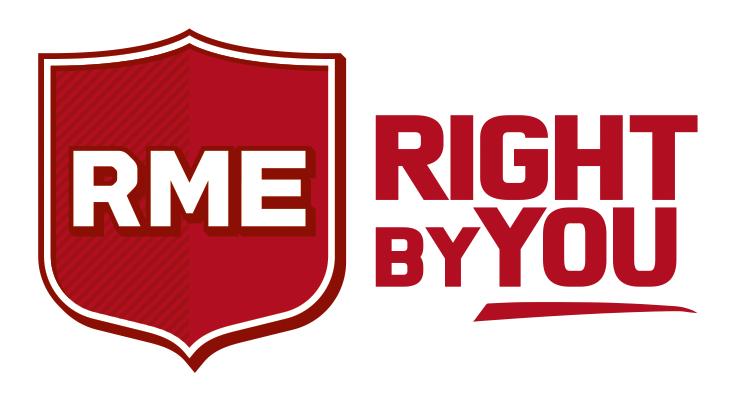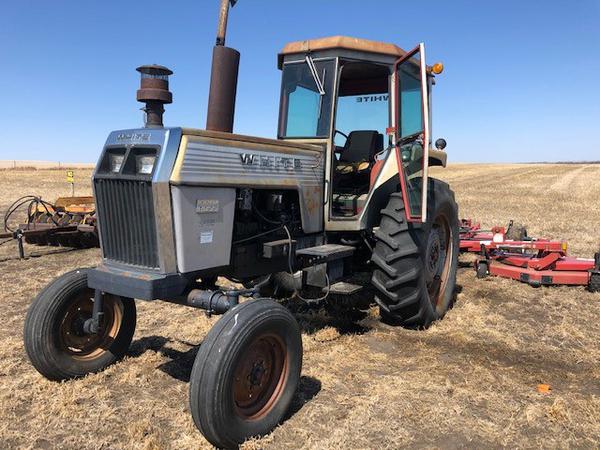Register an account with RME to store your favorite equipment and easily compare between units.
RegisterFinishing the harvest each season is the reward for a year’s hard work. For wheat farmers who could afford it in the 30s, the work of harvest was made a lot easier and cheaper with the development of combines.
On the Plains, wheat had become a popular crop, in part because of another invention – toast. In 1928, the automatic bread slicer was perfected. Two years later, the automatic toaster was introduced. The two inventions helped change the breakfast habits of much of the nation, and wheat farmers moved to cash in.
At about the same time, combines began to take over the harvest from threshing crews and separate machines. In the 20s, one machine would cut the wheat and then bind the stalks into shocks just big enough for a man or boy to carry. The shocks were gathered and then brought to a centrally located thresher machine. The wheat was fed into the machine. The stalks were beaten and flailed to separate the wheat seeds from the stalks and chaff.
The combine brought all of those functions into one machine pulled by a tractor. And in 1935, manufacturers figured out a way to allow one man to operate the entire machine. Fifteen years later, the Farm Equipment Institute called the development of the one-man combine “one of those occasional milestones which upset the old pattern completely and changed the very courses of agriculture itself.”
The reason was economic. In 1921, a farmer who hired a contract threshing crew faced labor costs of between $86 and $116 a day. Even if neighbors worked together to harvest each other’s wheat, someone had to keep track of how many days each farmer took. Neighbors paid each other for their labor. One man was a lot cheaper than an entire crew.
In addition, the combine was faster. If a wheat field, for example, averaged 15 bushels per acre, it took over 4.5 man-hours to bind, shock and thresh the wheat. The same field would take only .75 man-hours with a combine. Even if you figured in fuel and repairs, it was estimated that a farmer using a combine could cut an acre of grain for around $1.50. The same acre would cost $4.22 with a binder and thresher.





